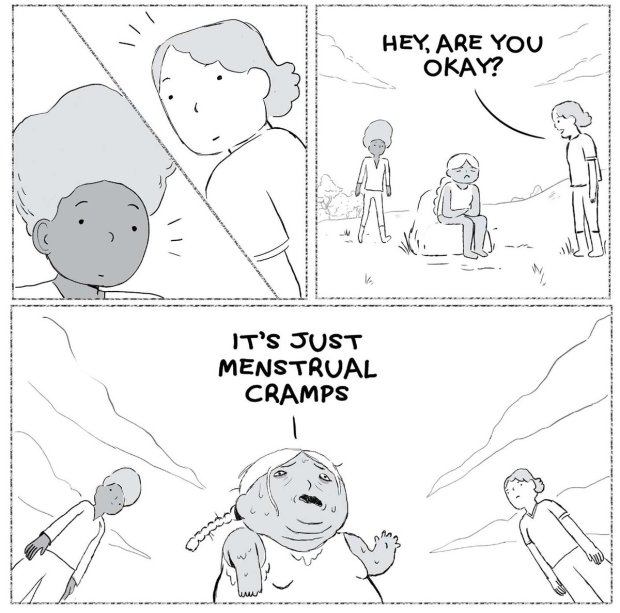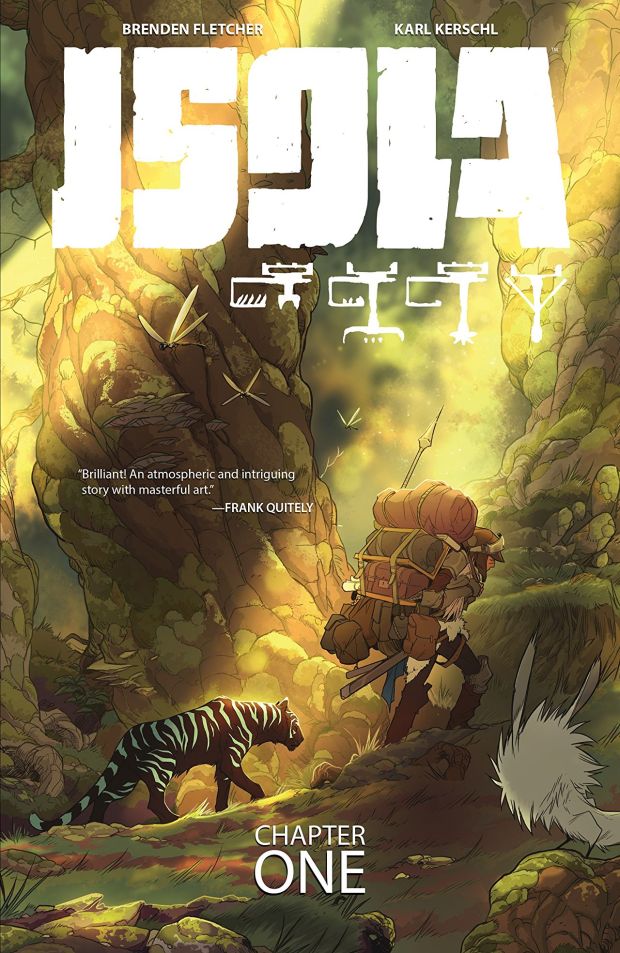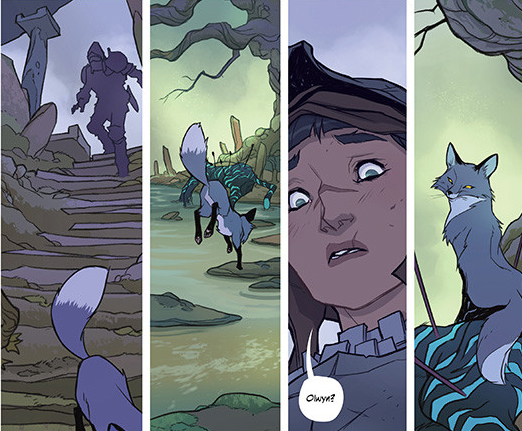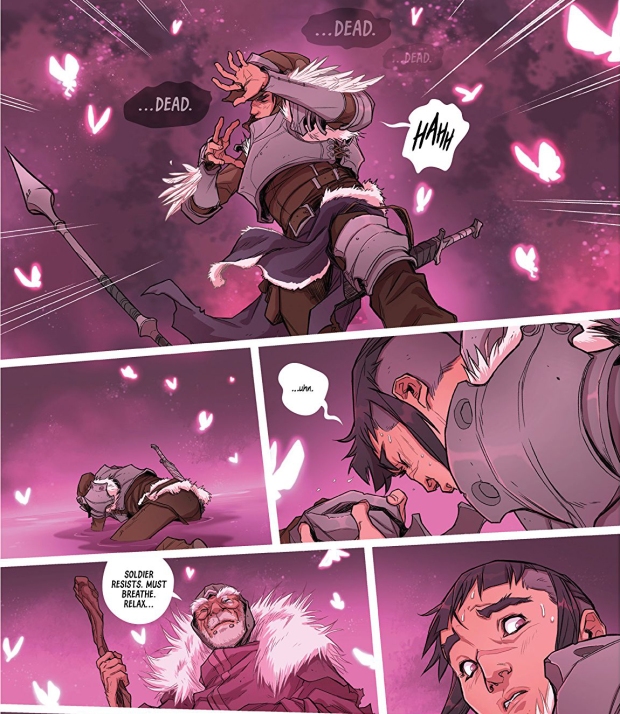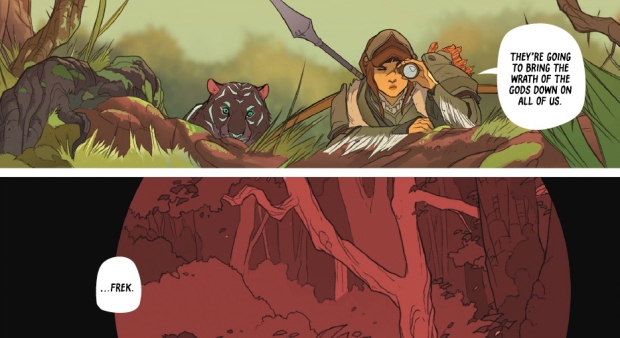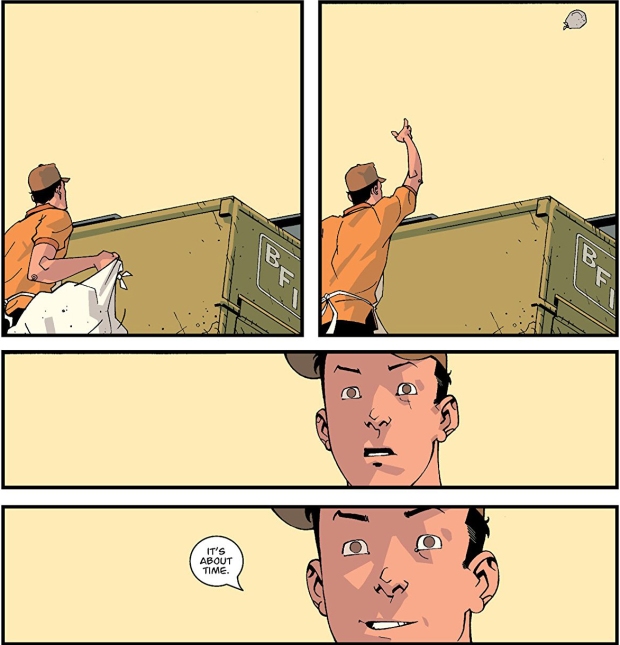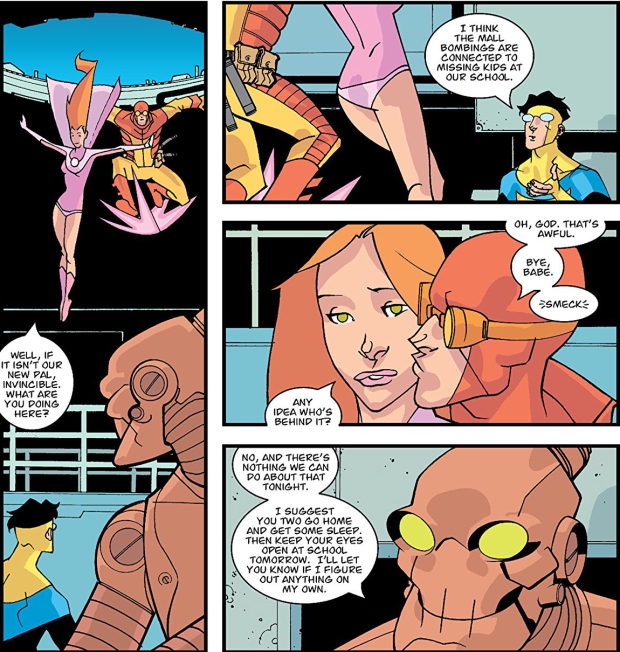by Chelsea Cain, Kate Niemczyk, Ibrahim Moustafa & Rachelle Rosenberg
collects Mockingbird #1-5 and SHIELD 50th Anniversary
volumes one | two – complete
Welp, I really wanted to like Mockingbird, but it didn’t happen.

Mockingbird, aka Bobbi Morse, has been around in Avengers and SHIELD, but this is my first encounter with the character. Granted, her adventures were pretty fun – an underwater sea rescue, laboratory zombie attack, and meeting Queen Elizabeth! But I just couldn’t get over the MAJOR MARY SUE that is Bobbi Morse.
What’s a Mary Sue? Oh, sweetie, you were never on fanfiction.net, were you? A Mary Sue (or Gary Stu, for male characters) is a perfect character, often wish fulfillment by fanfiction writers. There’s a difference between Mary Sue and a powerful, prophecy-type female character who intimidates insecure man trolls (like Rey from Star Wars)….
….but that’s not the case for Bobbs here, who:
- Is cis, white, thin, hourglass figured and blonde, (aka the cumulative genes that fit American society’s definition of
privilegebeauty,) - Blonde including the most TUMBLY of hair,
- A biochemist PhD geneticist who also can perform an autopsy somehow,
- with the Infinity Formula and Super Soldier serum in her DNA, making her extra spesh,
- And on top of that she eventually develops superpowers,
- Has a hot British boyfriend named Lance,
- But also gets her flirt on with ex hubby Clint Barton,
- She, and I quote, “eats pretty well” and “works out,”
- Has an excellent sense of humor,
- Never mentions financial concerns and therefore doesn’t have them, and,
- Did I mention how great her hair looks, even while doing SCIENCE. She doesn’t even need a MESSY BUN.

Here’s the thing. I am all for excellent female heroes – and as much as I adore Kate Bishop, it was great to see a woman on top of her shit. Getting it. Not pining for her ex. Looking at a career full of dudes and saying, I’ll work harder. And I really think that was Cain’s intention. (And yes, fictional character and male gaze and all of that.) But in order to be excellent, characters also have to be flawed. It’s not a gender thing – I have the same issue with Superman (who is often so invincible and good-hearted it approaches Gary Stu). Superheroes are already a kind of wish fulfillment, but I could not find any sort of flaw in Bobbi.
Even being a divorcee – not a flaw, but an event that could have provided a window into her flaws – basically just means her ex (Clint Barton) is another love interest. Seeing Bobbi moderately dressed and her Two Hot Guys in boxers was a nice reversal, but it still kinda reads like fanfiction.


And that’s too bad, because even with the weird pacing of the book (issues 2-4 take place during time lapses in #1), I did enjoy the overall tone. Bobbi has a great sense of humor, and while the extended science metaphors got a little boring, still great they were narrated by a woman. And then Bobbi makes a swipe at society not talking about tampons. I love how Cain has no probs poking fun at this and other “feminist agenda” humor, to quote a certain final cover that made aforementioned insecure man trolls noisy (they definitely don’t want to hear about tampons) and Marvel cower before them (pretty disgusting and unsurprising). I could have lived without Niemczyk’s pouty lipped, MOST TUMBLY HAIR art though. (Moustafa, below in #5, was better but a weird style change.) 
SPOILERS. Bobbi’s Mary Sueness takes a weird turn in the SHIELD Anniversary issue, when she hops out of bed with Hot Boyfriend talking about Hot Ex, to learn that Bobbi’s mentor, Wilma Calvin, who “changed the trajectory of her life” by bringing her into SHIELD, has been murdered. Are there emotions? Hell no! She does an autopsy – on her mentor! – discovers Wilma’s own son killed her, takes him out, and that is THAT. Back to HOT LANCE and are you serious??!?? What a huge wasted opportunity! I looked Calvin up and the character has existed since the 1970’s – and yet here we never see her alive, she’s just a victim. Over the last five issues we could have seen a great relationship between these two women, we RARELY see female mentorship in superhero comics (only DC’s Babs/Stephanie comes to mind) – instead the focus is on Bobbi’s hot men.
Wilma, also a woman of color, was extremely badass – civil rights activist, champion of science, single mom who also held down a SHIELD job – damn I wanted to meet this woman before she was dead. (Too bad we only are told those things in her eulogy.) And just because Bobbi has it together doesn’t mean be a robot about this death of a significant person in her life. All perceived feminism of Mockingbird seemed to go out the window in this issue.

A Mary Sue story is at best infuriating and at worst utterly boring – especially when it torpedoes an actually interesting relationship between women, but still preaches feminism. Buuut, we can always use more women like Bobbi who are in charge and not apologizing for it. And I loved Cain’s unabashed humor and writing directed at women. I hope the second and final arc is better than the first. And I’m looking forward to reading the first trade of her new Image comic Maneater, which has gotten a lot of buzz. (update: review of volume one here.)






